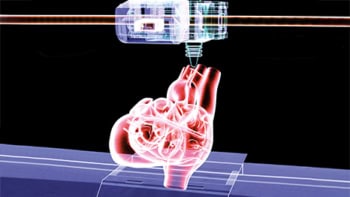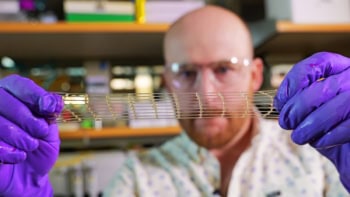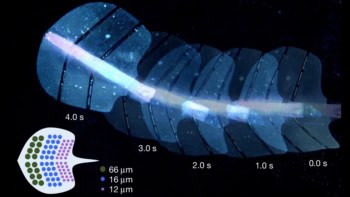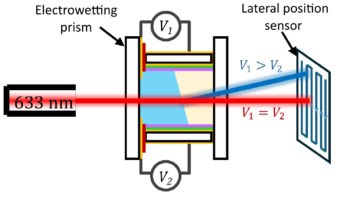Biofabrication can mean different things to different people, particlularly as the field evolves, expands, and attracts more researchers across a variety of scientific disciplines. Custom manufacturing techniques such as 3D printing are opening the door to more effective treatments for damaged joints and organs, while biofabrication also benefits healthcare in other ways – for example, by providing tools to help drug screening and pharmaceutical development.
To help everyone navigate this rapidly evolving research landscape, representatives of the community joined forces to propose a working definition of biofabrication that highlights key areas of activity taking place today. One of the main goals of the study, originally published as a Perspective article in the journal Biofabrication, is to clarify the relationship between biofabrication and tissue engineering and regenerative medicine – two major application areas for the field.
In this context, the multicentre team defines biofabrication as: “The automated generation of biologically functional products with structural organization from living cells, bioactive molecules, biomaterials, cell aggregates such as micro-tissues, or hybrid cell-material constructs, through bioprinting or bioassembly and subsequent tissue maturation processes.”
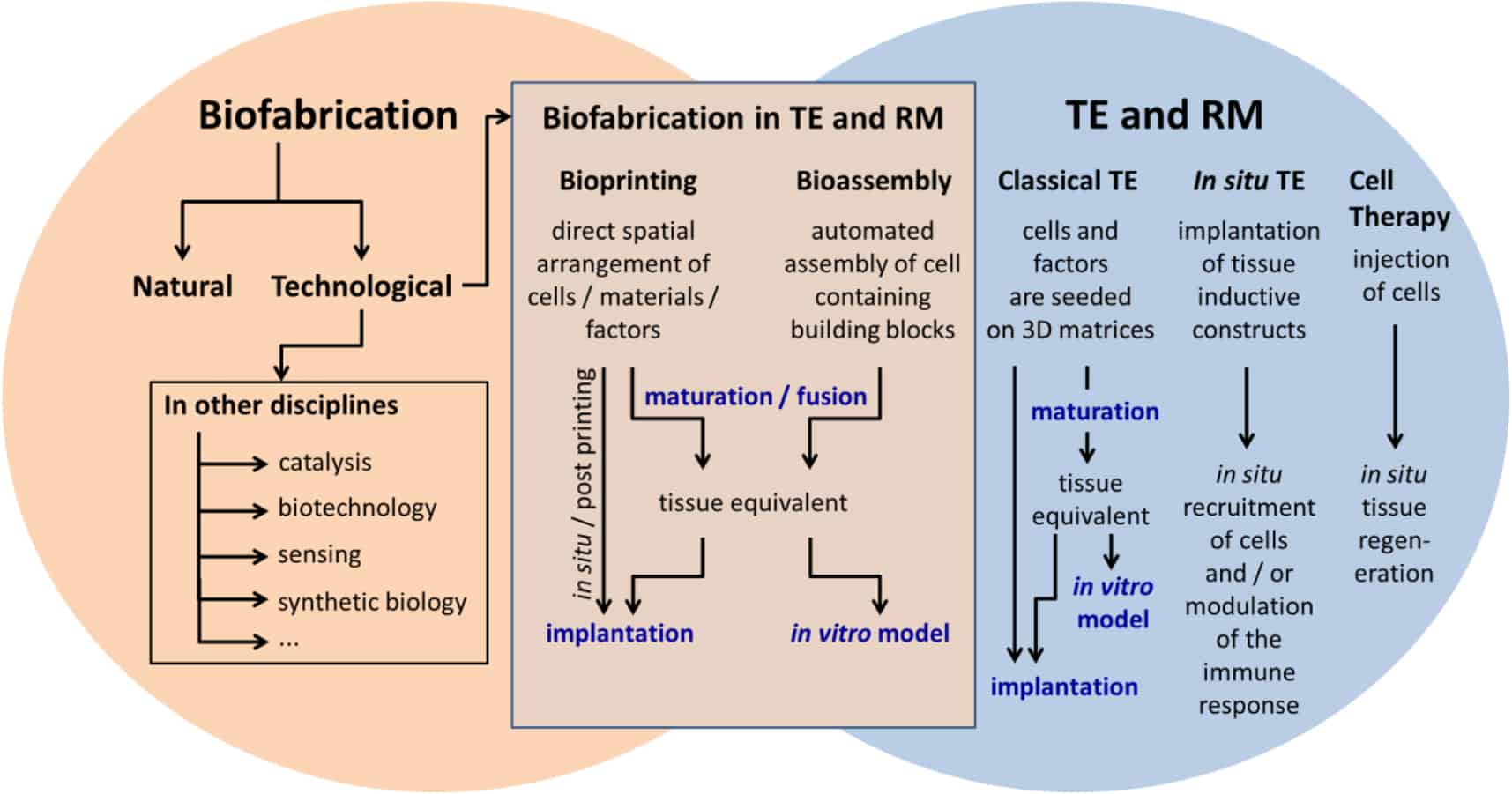
The reappraisal exercise brought together biologists, chemists, materials specialists, engineers and medical experts, who took the opportunity to explore the history of their shared field. “The definition is the result of an intensive discussion and represents a consensus of many leading scientists in the field,” says Jürgen Groll, a researcher who was involved in the process and leads a group based at the University of Würzburg, Germany.
Drivers behind the rapid growth of biofabrication include advances in additive manufacturing and the use of printing technologies to position cells in 3D – a process dubbed as “cytoscribing” by Robert Klebe in 1988.
Groll and collaegues explain that biofabrication as a term was first coined in 1994 to describe natural processes such as the biomineralization of pearls. Other examples in this category include a reference to the deposition of enamel in mammalian teeth. Additional milestones include the appearance of the term “organ printing” in 2003, a phrase that has captured people’s imagination and is still used frequently today.
Two years on from Groll and colleagues’ reappraisal, biofabrication can be found describing the generation of nanostructured assemblies containing biological materials. And updating the picture further, subsets of the broader field also include uses in catalysis, sensing, synthetic biology and other technological disciplines.
Groll is keen to unravel the true potential of the technology and points out that the biofabrication is still a young and evolving field. “Within the context of tissue engineering and regenerative medicine, it’s less than 20 years old,” he explains.
Full details of the team’s work on reappraising this evolving field can be found in the journal Biofabrication.
- This article is the first in a series of reports reviewing progress on high-impact research originally published in the IOP Publishing journal Biofabrication in 2016.
